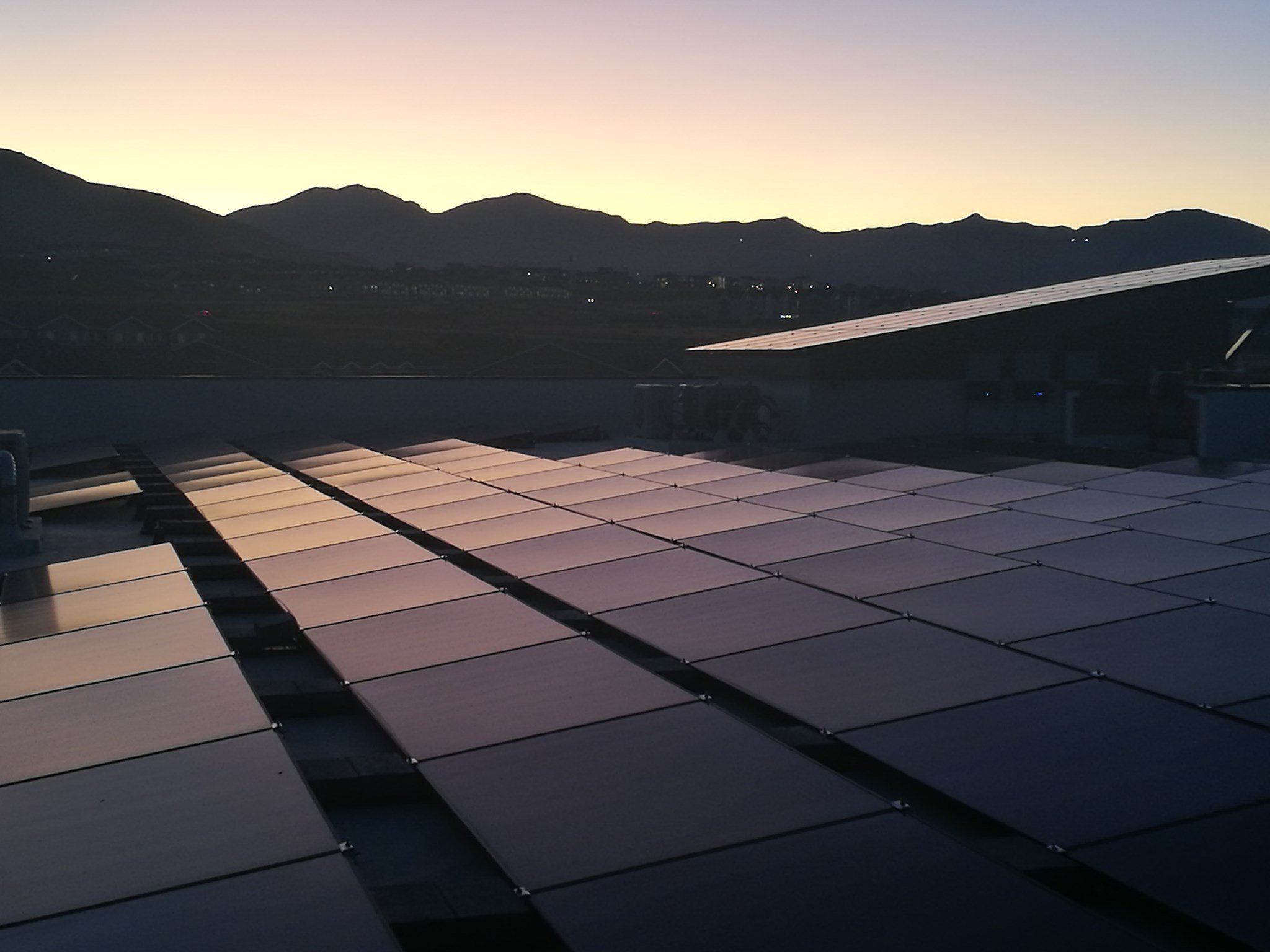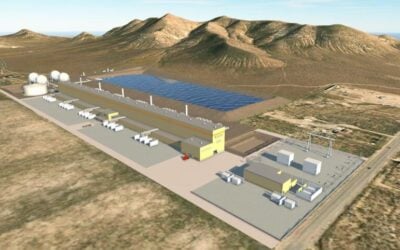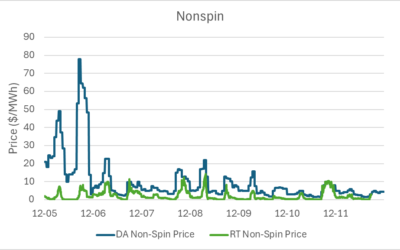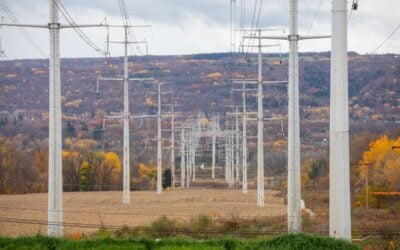
The market for solar-plus-storage in the US has grown dramatically in recent years, with more than 1GW already.
Additionally, there is more than 100GW in connection queues, explained Will Gorman, a researcher at the Electricity Markets and Policy Department at Lawrence Berkeley National Laboratory in a panel discussion at the Energy Storage Summit USA, hosted by our publisher Solar Media.
Of all the proposed solar projects in the US currently, he continued, 34% are paired with a battery as of the end of 2020, and within California this jumps to 90%.
“These numbers are virtually up from zero back three or four years ago, so it’s been a pretty dramatic trend” added Gorman.
Try Premium for just $1
- Full premium access for the first month at only $1
- Converts to an annual rate after 30 days unless cancelled
- Cancel anytime during the trial period
Premium Benefits
- Expert industry analysis and interviews
- Digital access to PV Tech Power journal
- Exclusive event discounts
Or get the full Premium subscription right away
Or continue reading this article for free
Talk in the Preparing the Perfect Solar-Plus-Storage Project: A Timeline panel quickly turned to the 30% Investment Tax Credit (ITC) and its role in driving forwards the adopting of co-located projects in the US. The credit system was extended by another ten years this week as part of President Joe Biden’s US$2 trillion American Jobs Plan for infrastructure.
There are two ways to approach the ITC, explained Holly Christie, general counsel at Hecate Energy, either by beginning construction at the allotted time or purchasing 5%.
“The original idea of the tax credit was that it was supposed to depreciate over time,” she added. “So if I didn’t get my project started this year, it would go down by a couple of percentage points down by a couple of percentage points, as the industry got off.”
Currently, the ITC is available for solar-plus-storage but not for standalone storage projects, which has led to a challenge Christie described as the “bad oyster rule”.
“As long as you never eat the bad oyster, you’re gonna be fine and your battery can maintain that ITC credit,” she explained. “But it only takes one tiny taste of a bad oyster to ruin your entire meal. And it’s the same thing with batteries. So if you if you ever get any of the dirty energy off the grid, you don’t get clean energy from your solar asset or your renewable assets, you can lose that ITC credit, which is a really gross process. You don’t want to do it, lots of lawyers.”
As such there are a number of challenges to operating solar-plus-storage to ensure that it meets the ITC requirements, as storage cannot simply be ‘tacked on’.
This has led to many projects choosing DC over AC, in an effort to control and manage the interconnection and avoid ‘taking that bite’, added Evan Bierman, director of Renewables & Storage Integration at EDF Renewables North America.
“It’s the only way that you can 100% guarantee yourself that you stop yourself from taking bad oysters is to DC-couple, then you can physically set your inverters not to take any of those bad oysters. So I think that has really been the initial driver for DC-coupling.”
EDF are developing both AC- and DC-coupled sites in the US, and there are other technical aspects that come into the decision beyond the ITC concerns, Bierman continued.
“DC coupled is spread out throughout your solar field, AC-coupled is in one place, and there are pros and cons that,” he said. “I think it’s more of a Rorschach test, depending on your engineering department, how they feel about some of these things, and your insurance company where they want them all one place where they don’t want them at all in one place.”
When developing your solar-plus-storage site, it is key to build into the metering configuration design data latency to manage the connections, and ensure you adhere to the ITC requirements continued Ryan Guay, co-founder and managing partner at Euclid Power.
Having the right meters in place, feeding into management software. and enabling data latency allows for great control of the systems.
This can then “push either the PV inverters or the storage inverters in the direction that you need them at that given point in time in under a second,” Guay continued. “So having all the metering points down correctly, and then having redundant meters on top of that – because the cost of you putting in a redundant revenue grade meter that captures PMU level data is nothing compared to having to dial back your ITC credit, reappraise the entire system, and go back through and pay a whole bunch of lawyers to fix that.”
Despite the challenges of operating within it, the ITC has clearly helped to drive up the adoption of solar-plus-storage, but many are calling for a standalone credit for storage. A politically bipartisan effort to bring in such a credit once again raised its head with the Energy Storage Tax Incentive and Deployment Act, having initially been posed in 2016.
“Clearly the tax code has supported solar and storage – although we can question whether that’s the right policy as it tends to limit flexibility and also artificially create sense incentives for co-operators appearing or joining two assets, which may not be the most economic or flexible solution,” said Anadi Jauhari, partner at the Emerging Energy & Environment Investment Group. “ I think a standalone storage credit would help.”
The Energy Storage Summit USA 2021 is now finished but you can still sign up to view sessions on-demand. See the website for details.





